- Min.Order :1 Kilogram
- Purity: 98%min; 99%min(HPLC)
- Payment Terms : L/C,D/A,D/P,T/T,
Keywords
3238-40-2 2,5-Furandicarboxylic acid FDCA
Quick Details
- Appearance:Ultra-white powder
- Application:FDCA (CAS: 3238-40-2) has a large potential as a replacement for terephthalic acid, a widely used component in various polyesters, such as polyethylene terephthalate (PET) and polybutyleneterephthalat
- PackAge:Per request
- ProductionCapacity:500|Kilogram|Month
- Storage:Under room temperature for short time and -20°C for long time storage
- Transportation:By express, air or ship
Superiority:
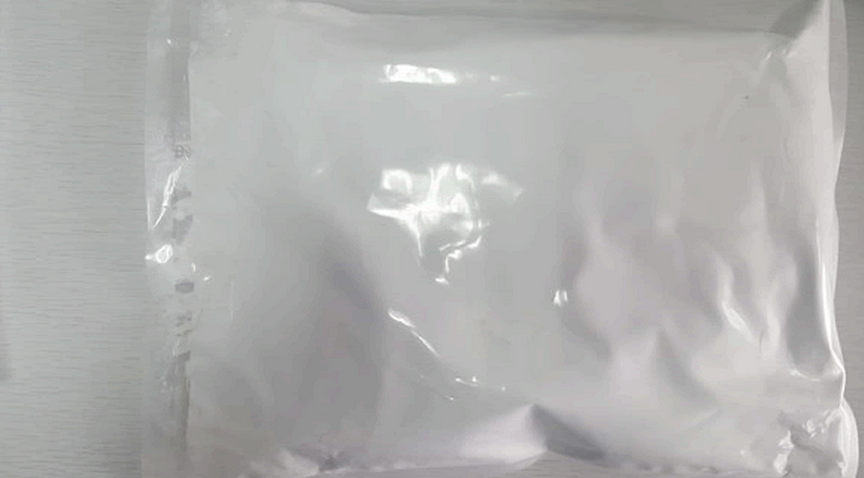
Watson is the earliest and largest manufacturer of FDME and FDCA and our quality of both can satisfy the needs of manufacturing Polyesters including high purity, controlled metals, ultra-white appearance and mass supply capability.
Our FDCA was orignally developed for Japanese customers and is a ultra-white powder instead of yellow powder which will much affect the use in polyesters. Apart from the use in polyesters, we also provide it of other grades with lower price. FDCA has a large potential as a replacement for terephthalic acid, a widely used component in various polyesters, such as polyethylene terephthalate (PET) and polybutyleneterephthalate (PBT). PET has a market size approaching 4 billion lb/yr, and PBT is almost a billion lb/yr. The market value of PET polymers varies depending on the application, but is in the range of $1.00 – 3.00/lb for uses as films and thermoplastic engineering polymers. The versatility of FDCA is also seen in the number of derivatives available via relatively simple chemical transformations. Selective reduction can lead to partially hydrogenated products,such as 2,5-dihydroxymethylfuran, and fully hydrogenated materials, such as 2,5-bis(hydroxymethyl)tetrahydrofuran. Both of these latter materials can serve as alcohol components in the production of new polyester, and their combination with FDCA would lead to a new family of completely biomass-derived products. Extension of these concepts to the production of new nylons, either through reaction of FDCA with diamines, or through the conversion of FDCA to 2,5-bis(aminomethyl)tetrahydrofuran could address a market of almost 9 billion lb/yr, with product values between $0.85 and 2.20/lb, depending on the application. FDCA can also serve as a starting material for the production of succinic acid, whose utility is elsewhere.
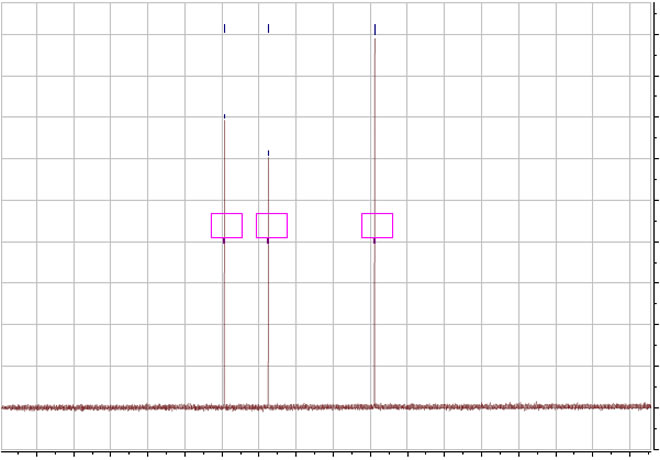
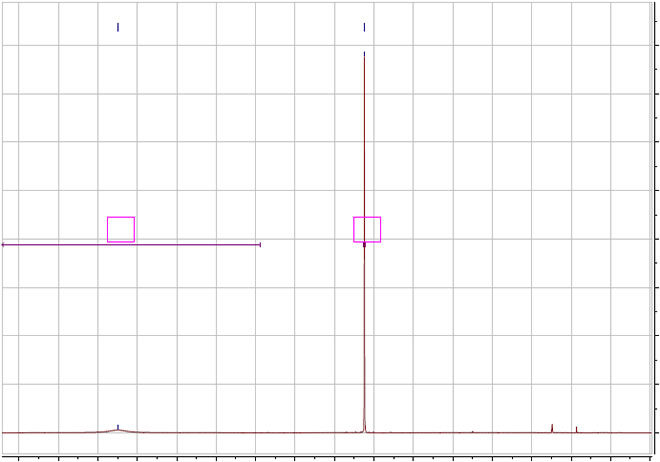
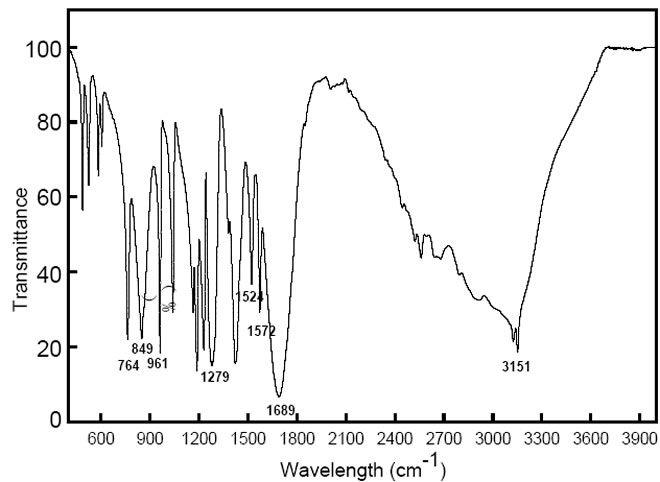
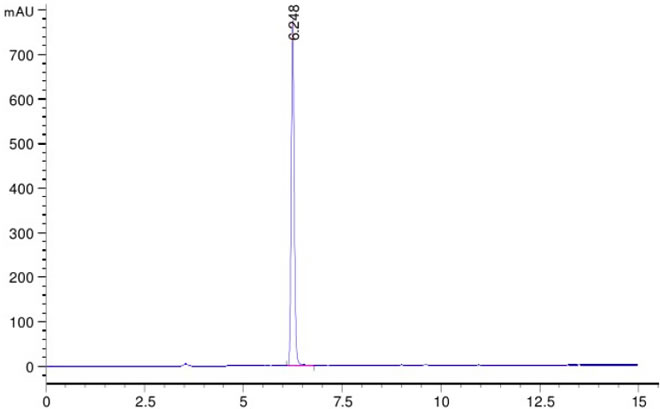
Properties of FDCA
| Appearance | Ultra-white powder |
| Density | 1.604 g/ml |
| Melting Point | 300 °C min |
| Flash Point | 207.324 °C |
| Boiling Point | 419.199 °C at 760 mmHg |
Description of FDCA
| Purity | 98%, 99%min(HPLC) |
| Identification Method | HNMR, CNMR, IR, HPLC |
| Water | 1% max |
| Storage | Under room temperature for short and -20°C for long time storage |
Details:
FDCA has a large potential as a replacement for terephthalic acid, a widely used component in various polyesters, such as polyethylene terephthalate (PET) and polybutyleneterephthalate (PBT). PET has a market size approaching 4 billion lb/yr, and PBT is almost a billion lb/yr. The market value of PET polymers varies depending on the application, but is in the range of $1.00 – 3.00/lb for uses as films and thermoplastic engineering polymers. The versatility of FDCA is also seen in the number of derivatives available via relatively simple chemical transformations. Selective reduction can lead to partially hydrogenated products,such as 2,5-dihydroxymethylfuran, and fully hydrogenated materials, such as 2,5-bis(hydroxymethyl)tetrahydrofuran. Both of these latter materials can serve as alcohol components in the production of new polyester, and their combination with FDCA would lead to a new family of completely biomass-derived products. Extension of these concepts to the production of new nylons, either through reaction of FDCA with diamines, or through the conversion of FDCA to 2,5-bis(aminomethyl)tetrahydrofuran could address a market of almost 9 billion lb/yr, with product values between $0.85 and 2.20/lb, depending on the application. FDCA can also serve as a starting material for the production of succinic acid, whose utility is elsewhere.
But FDCA is more than PEF alone, and can be applied as chemical building block in a wide variety of industrial applications. In the graph we show FDCA’s enormous market potential.
Synonyms 2,5-Furandicarbonsäure [German]; 2,5-Furandicarboxylic acid; Acide 2,5-furanedicarboxylique [French]; Dehydromucic acid; Furan 2,5-dicarboxylic acid; Furan-2,5-dicarbonsaeure [German]; furan-2,5-dicarboxylic acid; 2,5-Furandicarboxylate; Dehydromucate; Dehydroschleimsaeure; Furan 2,5-dicarboxylate; furan-2,5-dicarboxylate; Furane-a,a’-dicarboxylate; Furane-a,a’-dicarboxylic acid; 2,5-Furandicarboxylic acid; Furan-2,5-Dicarboxylicacid; (1,5-Dimethylhexyl)hydrazine; 2,5-Dicarboxyfuran; 2,5-FDCA; 2,5-Furan dicarboxylic acid; 2,5-Furandicarboxylicacid; 2,5-furanedicarboxylic acid; Furan-2,5-dicarbonsaeure; Furan-2,5-dicarboxylic acid; Dehydromucic acid; Furane-2,5-dicarboxylic acid; Furane-α,α’-dicarboxylic acid; Furane-α,α’-dicarboxylic acid; Galactan
CAS Number 3238-40-2 | Molecular Formula C6H4O5 | Molecular Weight 156.09 | EINECS 221-800-8 | MDL Number MFCD00016582
SMILES O=C(O)c1oc(C(=O)O)cc1
StdInChI InChI=1S/C6H4O5/c7-5(8)3-1-2-4(11-3)6(9)10/h1-2H,(H,7,8)(H,9,10)
StdInChIKey CHTHALBTIRVDBM-UHFFFAOYSA-N
Properties of FDCA
| Appearance | Ultra-white powder |
| Density | 1.604 g/ml |
| Melting Point | 300 °C min |
| Flash Point | 207.324 °C |
| Boiling Point | 419.199 °C at 760 mmHg |
Description of FDCA
| Purity | 98%, 99%min(HPLC) |
| Identification Method | HNMR, CNMR, IR, HPLC |
| Water | 1% max |
| Storage | Under room temperature for short and -20°C for long time storage |
| Symbol |
|
| Signal Word | Warning |
| Hazard Statements | H315-H319-H335 |
| Precautionary Statements | P261-P305 + P351 + P338 |
| Hazard Codes (Europe) | Xi |
| Risk Statements (Europe) | 36/37/38 |
| Safety Statements (Europe) | 26-36/37 |
| WGK Germany | 3 |
You Might Also Like
Related Searches
About|Contact|Cas|Product Name|Molecular|Country|Encyclopedia
Message|New Cas|MSDS|Service|Advertisement|CAS DataBase|Article Data|Manufacturers | Chemical Catalog
©2008 LookChem.com,License: ICP
NO.:Zhejiang16009103
complaints:service@lookchem.com Desktop View